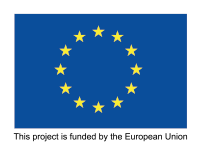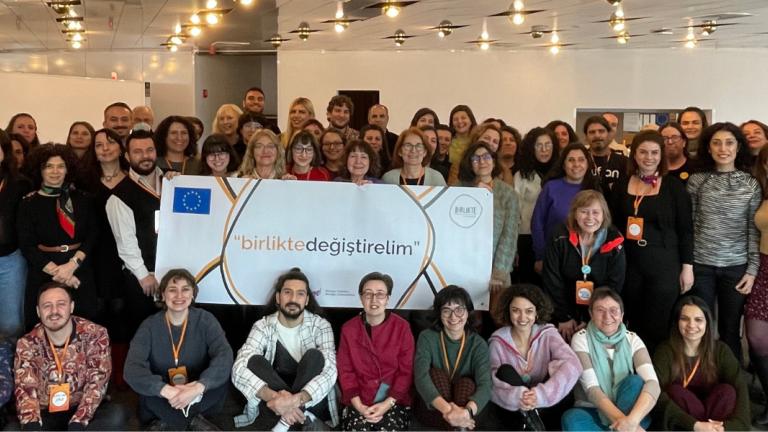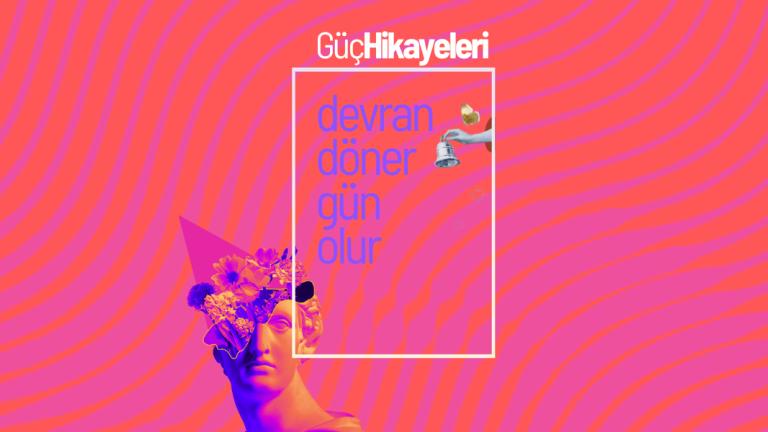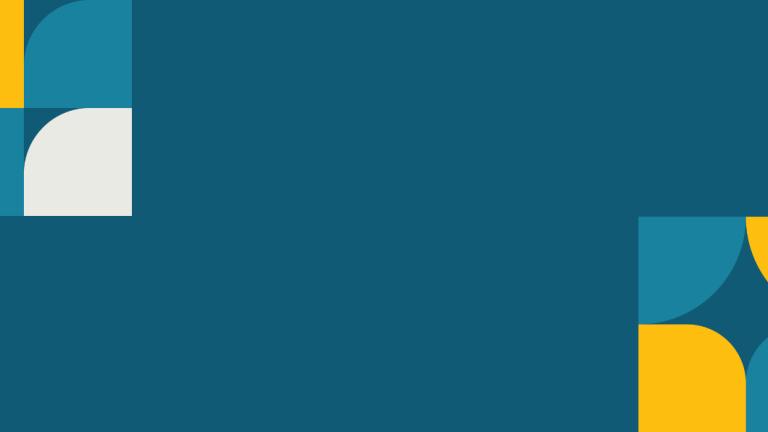
How to plan information management for CSOs?
The world is changing rapidly and we as CSOs want to change the rapidly changing world for the better. How can we use information as a tool for positive change?[1] This is the most important question we should all ask ourselves as CSOs.
Whether we are rights-based, needs-based or philanthropy-focused, we as CSOs know that we are stronger and can achieve the change we seek if we have access to data and information, analyse it and use it in all areas of activity, from monitoring to advocacy, from capacity building studies to aid and assistance.
Now, wouldn't it be important to create a common memory for all types of organisations, institutions and bodies and be able to transfer this memory to future periods?
Organisations that are able to classify, control and access the vast amounts of information that emerge with evolving technologies will be able to continue their existence. Continuity of information is crucial for organizations' contunity as such as regular income stream, continuity of operations, systematic resource development, etc.
Management of information documents for corporate memory
Keeping information systematically, i.e. storing it and making it accessible at all times, also makes it possible to create a corporate memory. In other words, transforming information into documents and materials (video, audio recordings, etc.) is essential for us to create a corporate memory while ensuring continuity.
When you consider all this, it becomes clear how important it is to have effective and systematic information and document management that meets the needs of an organisation.
Knowledge management can be defined as “a collaborative and integrated approach that deals with the creation, organisation, access and use of a company's intellectual resources [2]”
There are a variety of documents and materials (forms, intra-organisational and inter-organisational correspondence, intra-organisational procedures and policies, intra-organisational and inter-organisational reports, financial statements, videos that we produce as part of our activities, etc.) through which we share information to ensure our continuity as an organisation. .
It is useful to keep this in mind. We do not create information and documents just once. We use or update the information and documents we produce many times. For this reason, we can define document management as applications that play a role in creating and editing documents and materials (videos, animations, etc.), storing and protecting them so that they can be used when needed, and ensuring easy access [3].
The approach to information and document management that we base on our own needs to use information and documents in the most appropriate way for us as an organisation offers us many advantages. For example;
- Facilitating decision making
- Providing legal support and legal documents
- Becoming a reference for new documents
- Increasing business efficiency
- Protecting valuable files
- Preventing the duplication of unnecessary documents
- Meeting the information needs of the organisation
- Preserving the history and memory of the organisation [4]
Management of information documents for accountability
In addition, documents and materials are one of the most important keys to accountability, and we, all actors of the civil society, know that we are accountable to our stakeholders and the public.
We must retain our information and documents in both hard copy and electronic form and make them accessible to stakeholders within the institution through the document management policies and procedures that we will create in light of our organisational policy. When drawing up these policies and procedures, we should not forget to distribute the powers to access information and documents, taking into account both the legal responsibilities, such as the KVKK (Law on the Protection of Personal Data), and the organisational powers and duties of the organisational hierarchy, employees and all relevant stakeholders (board members, volunteers, supervisory board members, etc.)
For example: organisational internal stakeholders who can access and view the payroll of an employee of our organisation may be limited to the chairman of the board, members of the supervisory board, the general coordinator/secretary/administrator, the financial specialist/accountant and the employee who holds the payroll.
Some useful tools for managing information documents
There are free and accessible file storage applications such as Google Drive and Microsoft One-drive for information and document management.
In addition, there are applications that are more tailored to the needs of organisations, such as workflows, automation and document sharing. Some of these applications are offered as free and open source software (FOSS), and the installation and management of the applications is done by the user. These free and open source applications may be suitable for organisations that have already reached a certain size or are currently growing than for organisations run by small teams.
One example is the OpenDocMan application. If you would like to find out more about such applications, we recommend the blog post Top 14 Free/Open Source Document Management System by "Fretty Francis" on the "Software Suggest" website.
You can also watch the video entitled “Information Management”, which was produced as part of the STGM-UNFPA Trainings.
And as a final word, let us not forget: If we want change, we become stronger with knowledge.

STGM Studio
We have good news for CSOs that want to produce video content. In our studio in our office, you can shoot your videos and get editing support.





